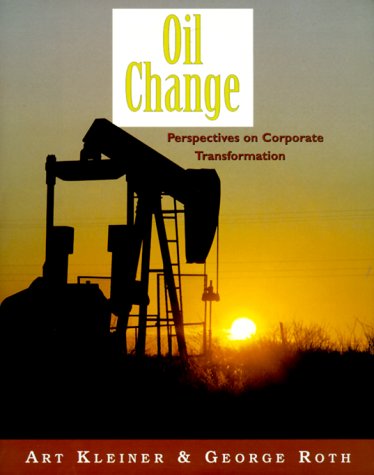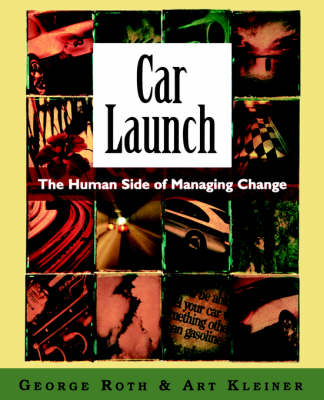Learning History Library
2 total works
Oil Change: Perspectives on Corporate Transformation is the second book in the new college business series: The Learning History Library. It is the story of major corporate change undertaken by Oil and Co, a pseudonym for a major international oil company, just after a time of layoffs and cutbacks. Key people within the company tell this story, using a technique devleoped at MIT's Center for Organizational Learning. 150 employees were interviewed at all levels of the company, from hourly workers to the Executive Council, working in all primary OilCo businesses: exploration and production; refining and retail; chemical and oil consulting. In addition, representatives of OilCo's professional services were consulted including human resources, law, tax, and investment. All quotations have been approved by the people who made them during this time when all the firm's values came into question: business practices; corporate governance structure, team management, and leadership style. This "the inside" story will show you some of the things OilCo learned collectively, as a company, and individualy, as employees in a changing environment.
As with the first Learning History, Car Launch, this story contains four kinds of content: "set up" which provides, among other things, the hierarchy of the firm and a chronology of events; the story itself that involves changes in leadership, personal and organizational alignment, extensions of the economic value added model, and employee commitment after major upheavals; academic commentaries; and a discussion guide for users.
As with the first Learning History, Car Launch, this story contains four kinds of content: "set up" which provides, among other things, the hierarchy of the firm and a chronology of events; the story itself that involves changes in leadership, personal and organizational alignment, extensions of the economic value added model, and employee commitment after major upheavals; academic commentaries; and a discussion guide for users.
Car Launch: The Human Side of Managing Change is the first book in the new Oxford series, The Learning History Library. It is edited by Art Kleiner and George Roth, both of whom originated the concept of the learning history. These extended "Living" case studies use an innovative format based on "the jointly told tale" to help narrate the story of major intra-firm transitions. The learning history succeeds in balancing traditional research with pragmatic imperatives and powerful imagery.

